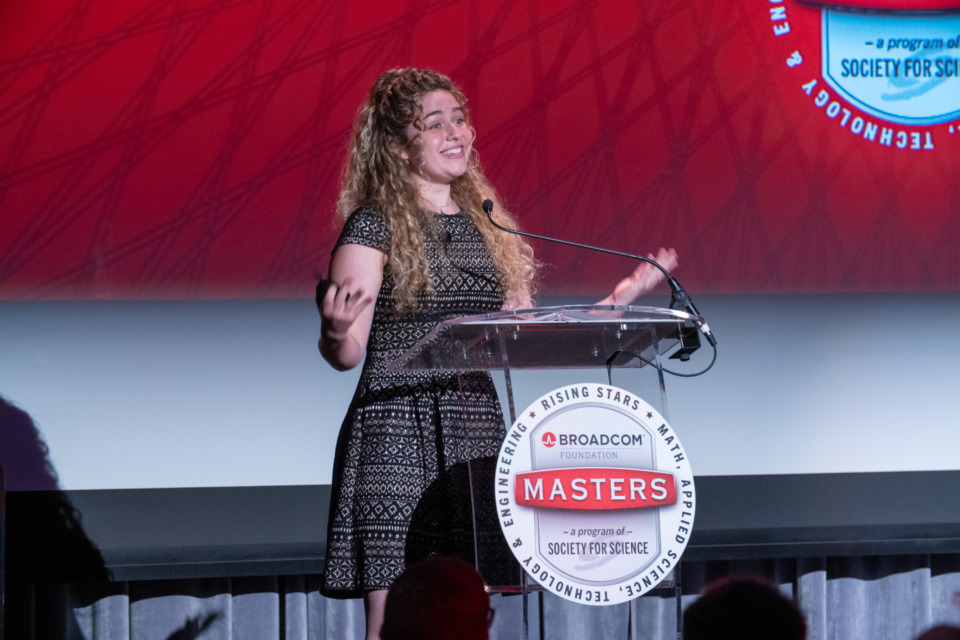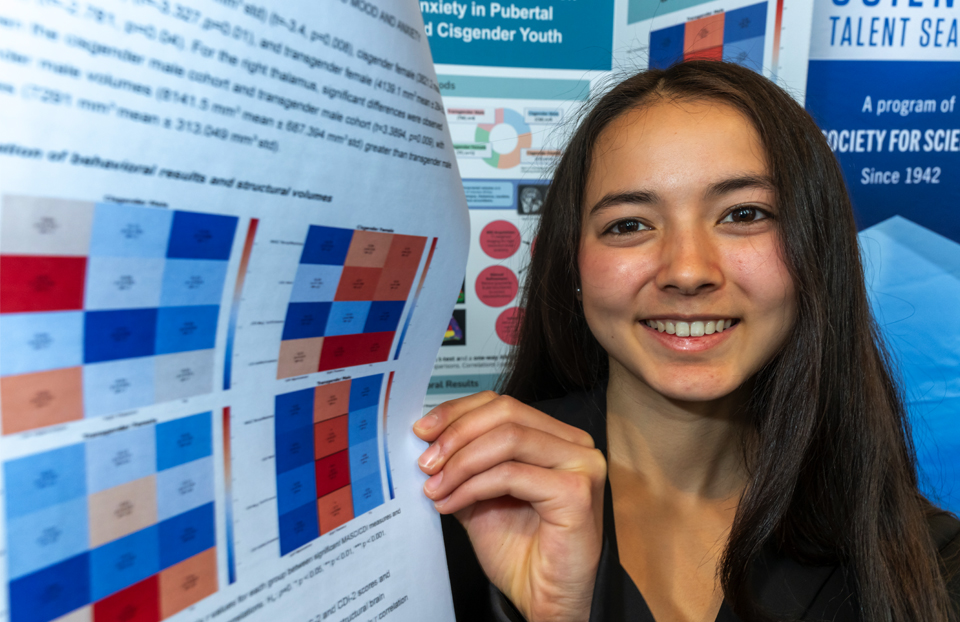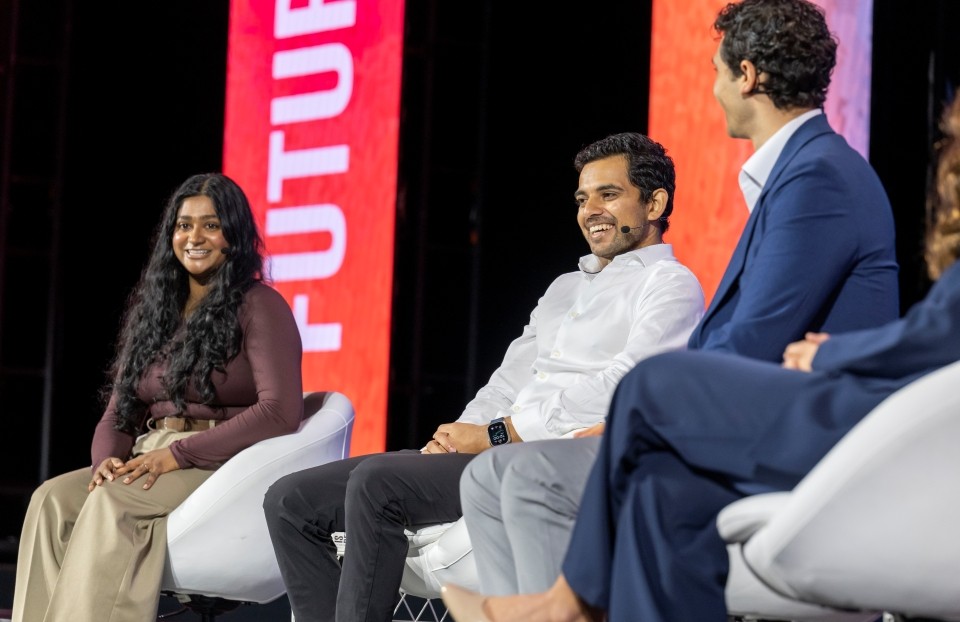ICYMI: The role of CRISPR in the fight against COVID-19
As the coronavirus pandemic continues to threaten public health, scientists throughout the world have been working around the clock to develop effective treatments against COVID-19. CRISPR gene editing is one of the techniques researchers are using. During the Virtual Regeneron International Science and Engineering Fair (ISEF), Tina Hesman Saey, Senior Writer and molecular biology reporter at Science News, spoke with Feng Zhang (ISEF 1998-1999, STS 2000), one of the pioneers of CRISPR technology, about CRISPR’s role in fighting COVID-19.
Feng shared three main ways CRISPR is being used to fight COVID-19:
- As a diagnostic, CRISPR-based tests have been developed to detect coronavirus signatures in patient samples like nose swabs or saliva. One example is the rapid test Feng and his colleagues made in collaboration with Sherlock Biosciences. The test was granted “emergency use authorization” by the FDA in early May.
- To better understand how the coronavirus infects cells. “Using CRISPR, scientists can inactivate or activate different genes in our cells to figure out what the anchors are that the coronavirus needs to latch onto,” Feng explained. Understanding what these anchors are can in turn help researchers come up with drugs to possibly block the virus.
- Using CRISPR as a therapeutic. While this a longer-term project, Feng mentioned there are already people looking into how CRISPR can be used to directly destroy the virus.
Students asked whether human genes could be modified as another possible defense against the coronavirus. Before editing the human genome can occur, however, Feng cautioned we must first better understand how the virus works. “The idea of engineering CRISPR into our own cells to fight the virus is a ways off,” he stated. “We’d have to find out more about the way CRISPR proteins behave in the body and how we can use them safely.”
Given the scope of the coronavirus pandemic, Feng finds it very encouraging to see scientists, technologists and companies collaborating now more than ever. “We are facing one common problem and we need to work together to provide as many solutions as possible,” he noted. As some researchers work on a vaccine, others are developing at-home tests to scale up testing capacity. Manufacturers are supporting these efforts by producing more reagents, the chemical compounds tests depend on to deliver results. “What is really promising is that all these different aspects are being addressed,” he lauded.
The level of teamwork Feng has witnessed within the scientific community during this global crisis reminds him of the same collegiality he encountered as a student. “You can strike up conversation with anybody at a science fair,” he said. Competing in both STS and ISEF were transformative experiences for Feng. He made many friends that he still interacts with today, even occasionally working on projects with people he met then.
Looking ahead, what can students do to help facilitate research on COVID-19? “Reach out to people who are working on things you find interesting,” Feng advised. “You’ll be surprised to find there are many ways you could be engaged and contribute.” With epidemiologists analyzing public health data, scientists seeking to gain a molecular understanding of the virus and others studying its origins, just to name a few areas, there is ample opportunity to get involved and make a positive difference.
If you missed this session, it can be viewed in full on our online platform through June 5. Register here.


